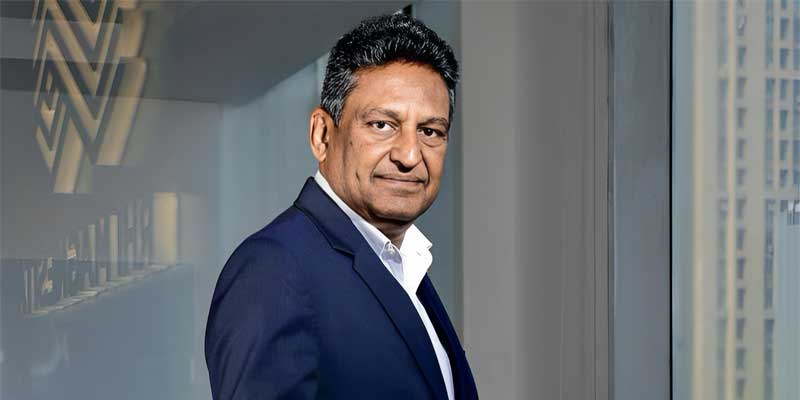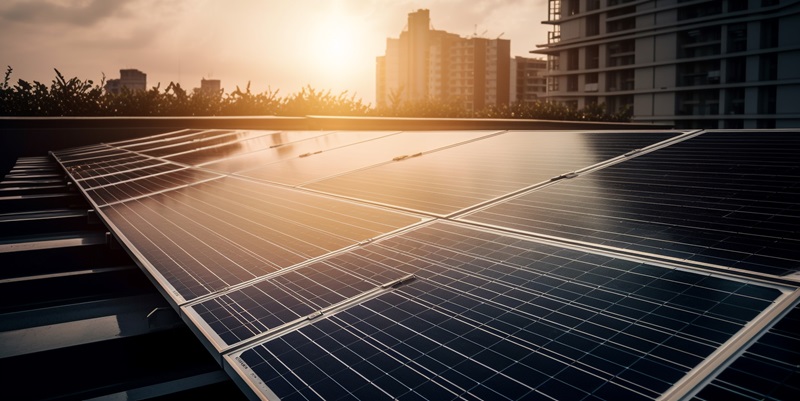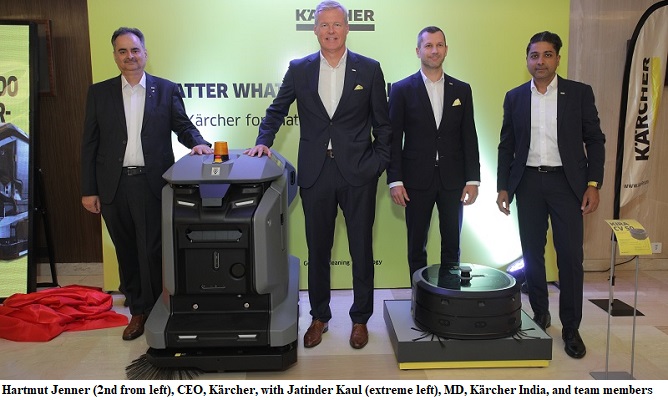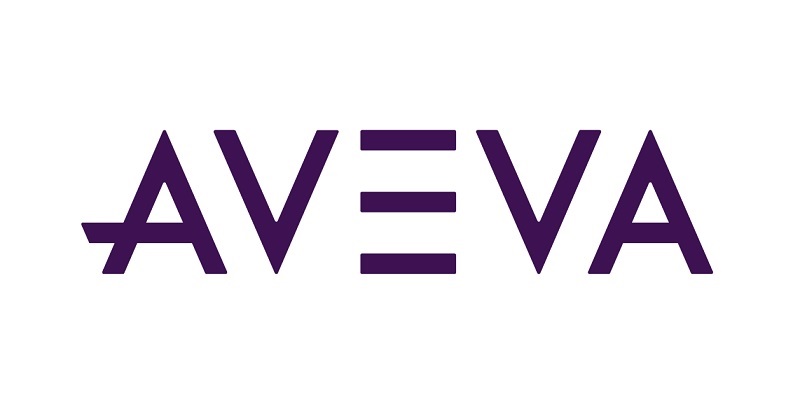Schedule a Call Back
On a fast-track growth
 Articles
Articles- Oct 04,24

Related Stories

Syrma SGS opens its largest electronics manufacturing facility in Pune
This new campus will strengthen the company's Printed Circuit Board (PCB) assembly capabilities and will primarily serve the growing domestic demand for PCBAs, especially in the automotive and indus..
Read more
RHI Magnesita is spearheading adaption of Industry 4.0: Parmod Sagar
In this interview with Rakesh Rao, Parmod Sagar, MD & CEO, RHI Magnesita India, explains the importance of refractories for the growth of India's economy and manufacturing sector.
Read more
India’s solar equipment imports may reach $30 billion by 2030
Currently, around 90% of India’s solar manufacturing is limited to assembling modules from imported cells, with only 15% local value addition.
Read moreRelated Products

Ball Rail Systems
Jinisha Electrolites offers a wide assortment of ball rail systems











